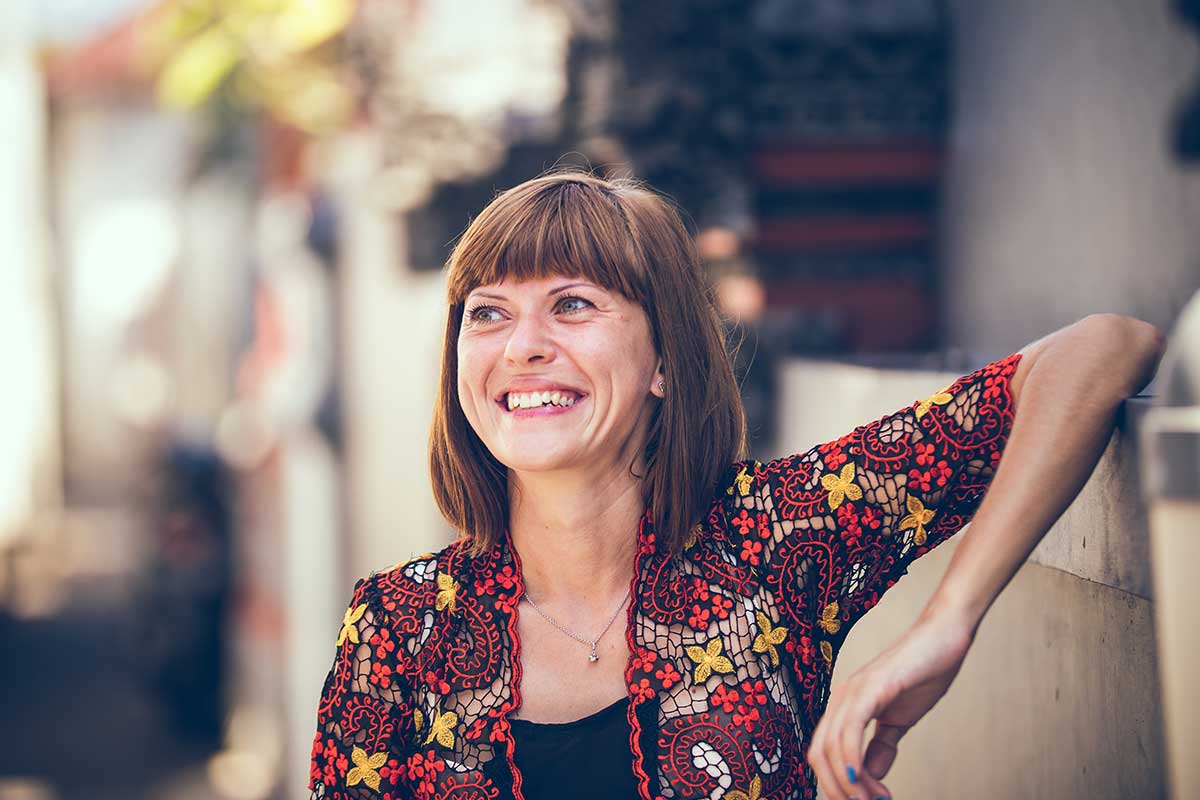Imagine yourself 3,500 years ago
It’s after your last meal of the day, the clan is settling down for sleep and you decide to go for a walk along your favorite path. You know the one, the path along the lake that is always peaceful and tranquil.
As you walk along, noticing the wonderful scent of flowers in the air, the breeze across the lake is just cool and gentle, all is good.
Suddenly you hear a thrashing in bushes and you turn around to see a large black bear running on the path directly toward you.
When the bear charges, your instinct kicks in
Do you run? Do you hold your ground and fight? Do you freeze with terror?
It seems like you have choices but the “fight or flight” survival mechanism only reacts to the threat of death or injury. There are no thoughts or choices to make.
Your brain is not wired to analyze when your only concern is to survive.
Within seconds the innate survival mechanism kicks in and the emotional center of the brain sends a signal to the adrenal glands to release adrenaline.
Acute stress instantly changes the way your body functions
Like turning on a light switch, adrenalin (a powerful stress chemical) changes the way the organ systems in your body function.
Only necessary systems for survival are on: heart, muscles, circulation, respiration, brain and nerves.
All other organs go into hibernation: stomach, liver and pancreas, kidneys, intestines, genitals, uterus, and ovaries. The brain also shuts down the release of anabolic hormones (estrogen and testosterone) while stimulating the release of catabolic hormones (cortisol).
Chronic Stress
Now, if you survive the bear attack but are injured your body breaks down tissue (predominately intestines and muscle) and repackages the proteins to repair and rebuild damaged tissue. Your body also assumes that the repair process will take time and you may not be able to hunt and gather food: whatever you eat during the chronic stress period is stored as fat. The fight or flight mechanism doesn’t turn-off.
Chronic Stress in Modern Culture
We are living in a fast-paced 24/7 culture. We go from one stressor to another. Stress at work, conflicts with family, friends and community, financial problems.
Your body and brain do not know the difference from a bear chasing you through the woods or:
- A car cutting you off in traffic
- Running late for an important meeting
- Caring for a disabled spouse or child
- A phone call or email from an emotionally unstable friend or family member
- And more, and more, and more.
It turns into a never-ending cycle of stress,
- causing anxiety,
- causing depression,
- causing anger,
and many chronic illnesses:
- high blood pressure,
- irritable bowel syndrome,
- gastric reflux,
- hypothyroid,
- weight gain, and
- low sex drive
- JUST TO NAME A FEW.
Heart Strengths Therapy is a Natural Solution for Emotional Management and Self-Regulation
Reduce stress while building resilience and agility
As an evidence-based emotional management tool, Heartmath has been shown to be effective both scientifically and clinically.
Heart Strengths Therapy is a personalized and powerful combination of Heartmath tools with positive character strengths. This approach makes Heart Strengths Therapy a valuable lifestyle tool for health, business, relationships, family, community, and all social endeavors.
Heart-Strengths Therapy is a process that integrates:
What to Expect from 3 One-Hour Sessions of Heart Strengths Therapy
Heart Strengths Therapy is a simple three-phase process. Each phase builds on the previous one for maximum effectiveness. We use the anacronym A.R.E: Aware, Resilience, Emotional Shifting.
Awareness
The initial one-hour session shows you how daily emotional stressors are impacting your health and well-being through heart rate variability. By the end of the first session you will be aware of these stressors and learn an important tool to reverse their negative effects.
Resilience
In the second one-hour session you review your initial skills and learn a second tool that begins to re-pattern negative thoughts, attitudes, and feelings and build resilience.
Emotional Shifting
In the final one-hour session you review your previous skills and learn a third tool for locking-in positive life-long changes.






